外研版(三年级起点)英语六年级上册 Review Module Unit 1课件(共26张PPT)
文档属性
| 名称 | 外研版(三年级起点)英语六年级上册 Review Module Unit 1课件(共26张PPT) | 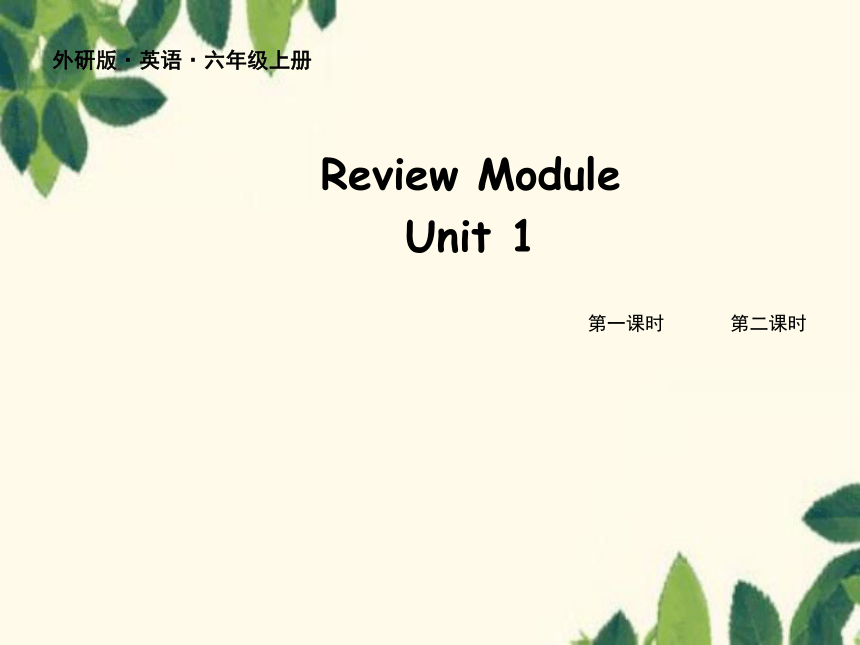 | |
| 格式 | ppt | ||
| 文件大小 | 4.4MB | ||
| 资源类型 | 教案 | ||
| 版本资源 | 外研版(三年级起点) | ||
| 科目 | 英语 | ||
| 更新时间 | 2022-10-02 08:53:47 | ||
图片预览

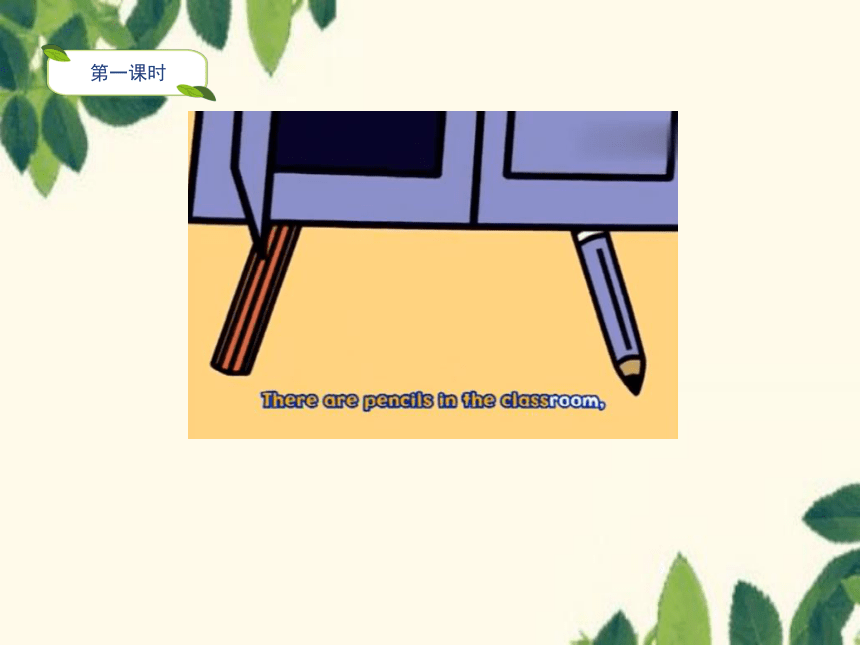
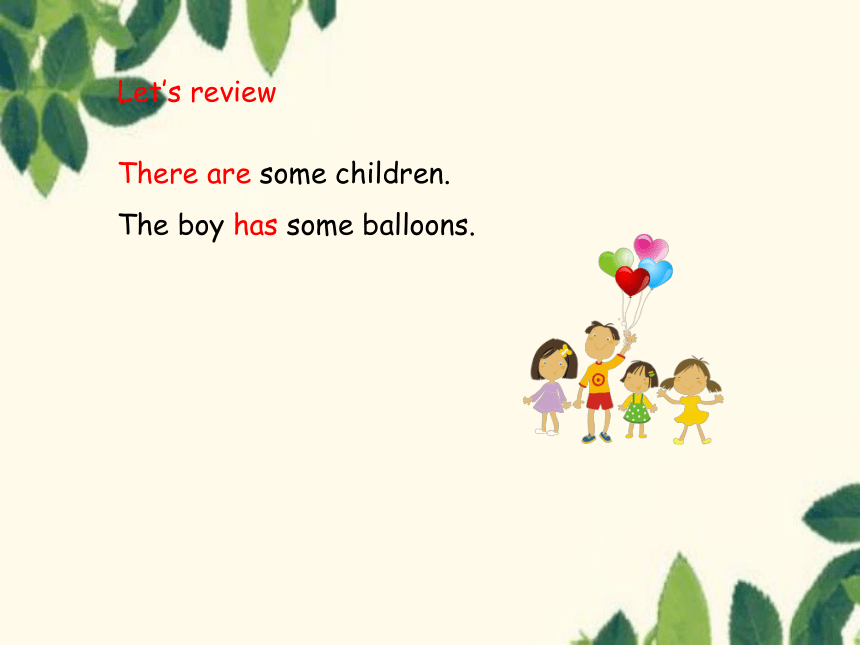
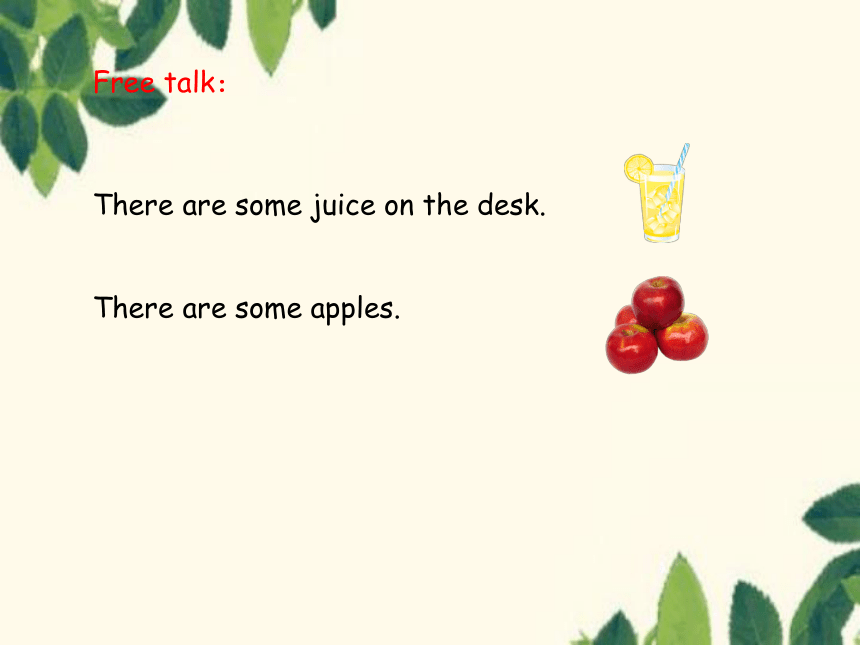
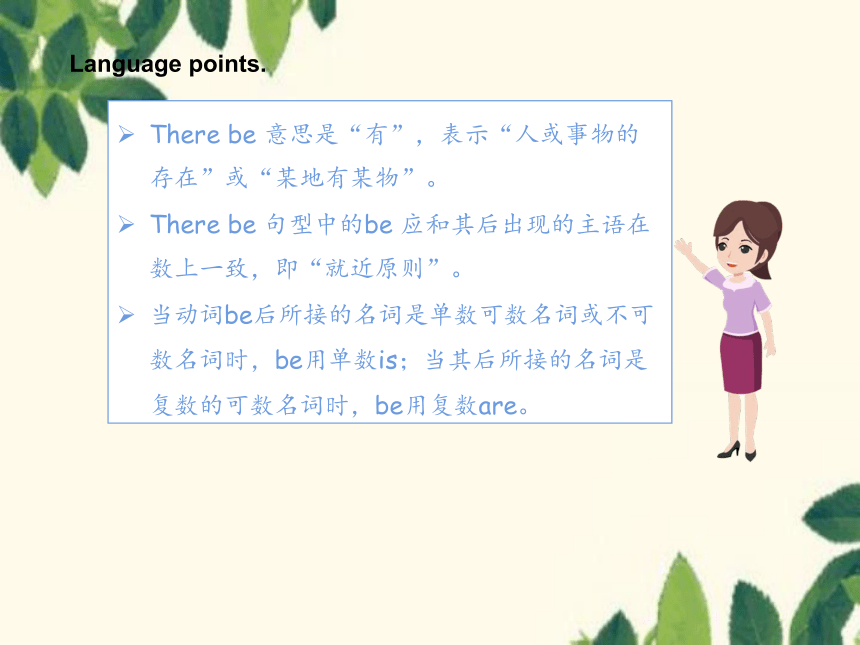
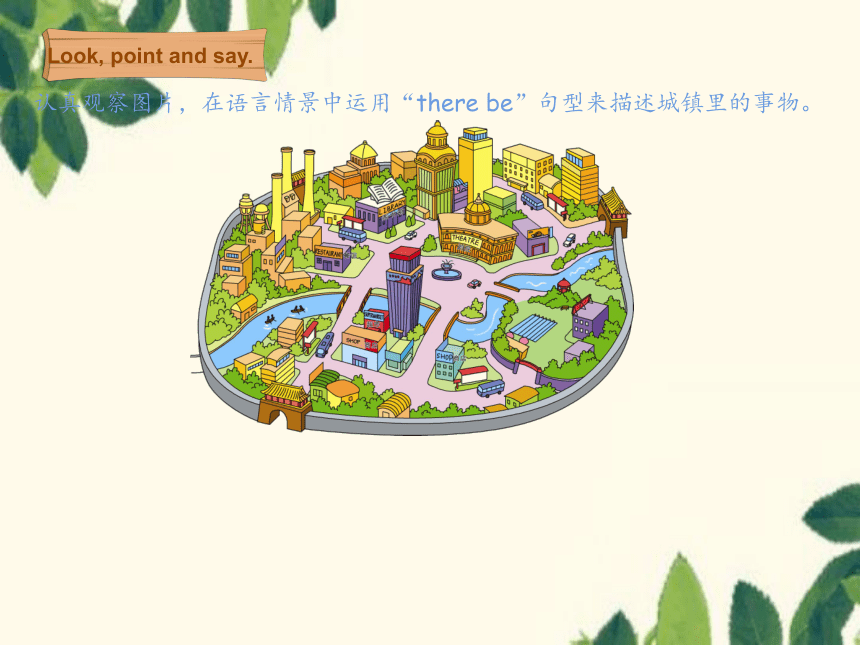


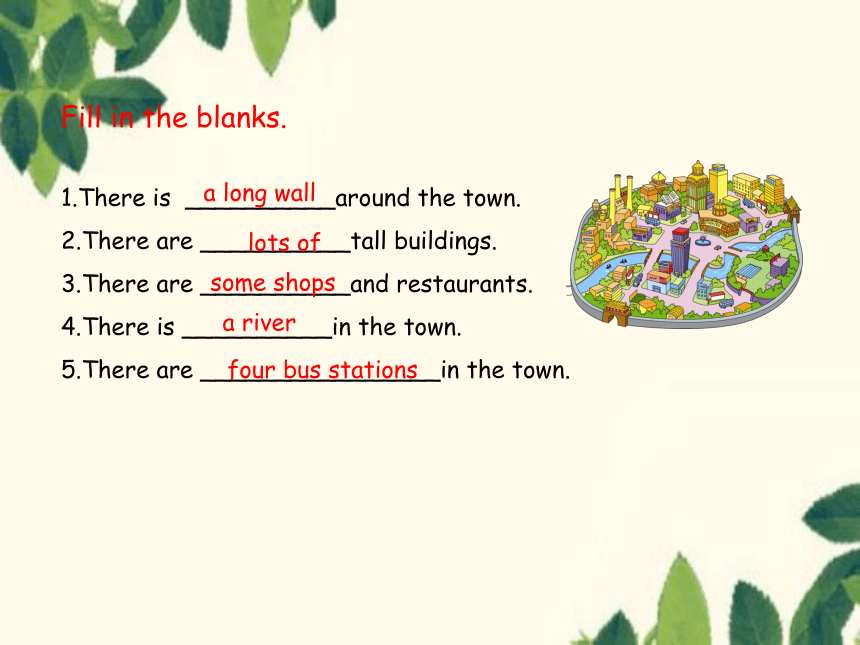
文档简介
(共26张PPT)
外研版·英语·六年级上册
第一课时
第二课时
Review Module
Unit 1
第一课时
There are some children.
The boy has some balloons.
Let’s review
There are some juice on the desk.
There are some apples.
Free talk:
Language points.
There be 意思是“有”,表示“人或事物的存在”或“某地有某物”。
There be 句型中的be 应和其后出现的主语在数上一致,即“就近原则”。
当动词be后所接的名词是单数可数名词或不可数名词时,be用单数is;当其后所接的名词是复数的可数名词时,be用复数are。
Look, point and say.
认真观察图片,在语言情景中运用“there be”句型来描述城镇里的事物。
This is my favourite town. There are about eight thousand people. There is a long wall around the town. There are lots of tall buildings. There are some shops and restaurants. There is also a library and a big theatre. The town has got many wide streets and four bus stations. There is a river in the town. It’s about ten kilometres long, and you can row a boat on it. The town has got a beautiful park. You can ride your bike there. You can have your picnic there. Or you can go swimming there.
Read and say.
Listen again.
There is a theatre in the town.
There are four bus stations in the town.
Then close your books and play a memory game.
Fill in the blanks.
1.There is __________around the town.
2.There are __________tall buildings.
3.There are __________and restaurants.
4.There is __________in the town.
5.There are ________________in the town.
a long wall
lots of
some shops
a river
four bus stations
Look at the answers. Then ask questions about the town.
A: How many people are there in the town
B: There are about eighty thousand people.
There are about eighty thousand people.
There is a library.
The river is about ten kilometres long.
There are four bus stations.
1.How many people are there in the town
4.How many bus stations are there in the town?
3.How long is the river
2.How many libraries are there in the town
Ask and answer.
Pair work.
问与答游戏:
两人一组,运用:
”There be… in my hometown.”
句型介绍你的家乡有什么。
Summary
There be用法:
含义为“有”,表示“某地有某物”。
注意:There be 句型中的be 应和其后出现的主语在数上一致,即“就近原则”。
Practise.
1.There are_____ pencils in my pencil box.
A. a B. an C. three
2.There is _______ milk on the desk.
A. a B. an C. some
3.There _____(be)some new books for you.
4.There______(be)a pen, two books and many pencils on the desk.
are
is
单项选择。
C
C
There ______ some flowers on the desk.
There _____ a ball under the chair.
There _____ a book and some pens.
There ______ some pens and a book.
are
is
用is/are完成句子。
is
are
There is a ball.
The boy has got a ball.
Let’s review.
第二课时
Look and write. Then ask and answer.
No, she hasn't.
She has got
black hair.
Yes, he has.
Yes, she has.
Language points.
have/has got句型:
它表示某物归某人所有,是一种所属关系,主语为人。
have/has got句型:
否定句:在have或has后加not,缩写为haven’t或hasn't。
疑问句:把have或has提前。
Pair work.
问与答游戏:
两人一组,运用下列句子问答。
-Has … got…
-yes, … has./No, … has.
Read and answer.
Have you got a stamp from China
Do you collect dolls
What do you do at the Spring Festival
Do you want to visit Houston
Can you speak English
Have you got a computer
Language points.
can的用法:表示具备做某事的能力,会做某事。
1.主语+can+其他.
2.主语+can't+其他.
3.疑问句:Can+主语+其他
Pair work.
问与答游戏:
两人一组,运用下列句子对话。
描述自己是否会做某事,及询问对方是否会做某事并回答。
1. 主语+can+其他.
2. 主语+can't+其他.
3. 疑问句:Can+主语+其他
Summary
can的用法:表示具备做某事的能力,会做某事。
1.主语+can+其他.
2.主语+can't+其他.
3.疑问句:Can+主语+其他
Practise.
1. I have got a kite (变为否定句)
________________________________
2. He has got a wallet. (变为一般疑问句)
________________________________
I haven’t got a kite.
Has he got a wallet
句型转换。
3. Can you swim (做否定回答)
________________________________
4. I can sing well.(变为否定句)
________________________________
No, I can’t.
I can’t sing well.
外研版·英语·六年级上册
第一课时
第二课时
Review Module
Unit 1
第一课时
There are some children.
The boy has some balloons.
Let’s review
There are some juice on the desk.
There are some apples.
Free talk:
Language points.
There be 意思是“有”,表示“人或事物的存在”或“某地有某物”。
There be 句型中的be 应和其后出现的主语在数上一致,即“就近原则”。
当动词be后所接的名词是单数可数名词或不可数名词时,be用单数is;当其后所接的名词是复数的可数名词时,be用复数are。
Look, point and say.
认真观察图片,在语言情景中运用“there be”句型来描述城镇里的事物。
This is my favourite town. There are about eight thousand people. There is a long wall around the town. There are lots of tall buildings. There are some shops and restaurants. There is also a library and a big theatre. The town has got many wide streets and four bus stations. There is a river in the town. It’s about ten kilometres long, and you can row a boat on it. The town has got a beautiful park. You can ride your bike there. You can have your picnic there. Or you can go swimming there.
Read and say.
Listen again.
There is a theatre in the town.
There are four bus stations in the town.
Then close your books and play a memory game.
Fill in the blanks.
1.There is __________around the town.
2.There are __________tall buildings.
3.There are __________and restaurants.
4.There is __________in the town.
5.There are ________________in the town.
a long wall
lots of
some shops
a river
four bus stations
Look at the answers. Then ask questions about the town.
A: How many people are there in the town
B: There are about eighty thousand people.
There are about eighty thousand people.
There is a library.
The river is about ten kilometres long.
There are four bus stations.
1.How many people are there in the town
4.How many bus stations are there in the town?
3.How long is the river
2.How many libraries are there in the town
Ask and answer.
Pair work.
问与答游戏:
两人一组,运用:
”There be… in my hometown.”
句型介绍你的家乡有什么。
Summary
There be用法:
含义为“有”,表示“某地有某物”。
注意:There be 句型中的be 应和其后出现的主语在数上一致,即“就近原则”。
Practise.
1.There are_____ pencils in my pencil box.
A. a B. an C. three
2.There is _______ milk on the desk.
A. a B. an C. some
3.There _____(be)some new books for you.
4.There______(be)a pen, two books and many pencils on the desk.
are
is
单项选择。
C
C
There ______ some flowers on the desk.
There _____ a ball under the chair.
There _____ a book and some pens.
There ______ some pens and a book.
are
is
用is/are完成句子。
is
are
There is a ball.
The boy has got a ball.
Let’s review.
第二课时
Look and write. Then ask and answer.
No, she hasn't.
She has got
black hair.
Yes, he has.
Yes, she has.
Language points.
have/has got句型:
它表示某物归某人所有,是一种所属关系,主语为人。
have/has got句型:
否定句:在have或has后加not,缩写为haven’t或hasn't。
疑问句:把have或has提前。
Pair work.
问与答游戏:
两人一组,运用下列句子问答。
-Has … got…
-yes, … has./No, … has.
Read and answer.
Have you got a stamp from China
Do you collect dolls
What do you do at the Spring Festival
Do you want to visit Houston
Can you speak English
Have you got a computer
Language points.
can的用法:表示具备做某事的能力,会做某事。
1.主语+can+其他.
2.主语+can't+其他.
3.疑问句:Can+主语+其他
Pair work.
问与答游戏:
两人一组,运用下列句子对话。
描述自己是否会做某事,及询问对方是否会做某事并回答。
1. 主语+can+其他.
2. 主语+can't+其他.
3. 疑问句:Can+主语+其他
Summary
can的用法:表示具备做某事的能力,会做某事。
1.主语+can+其他.
2.主语+can't+其他.
3.疑问句:Can+主语+其他
Practise.
1. I have got a kite (变为否定句)
________________________________
2. He has got a wallet. (变为一般疑问句)
________________________________
I haven’t got a kite.
Has he got a wallet
句型转换。
3. Can you swim (做否定回答)
________________________________
4. I can sing well.(变为否定句)
________________________________
No, I can’t.
I can’t sing well.
同课章节目录
- Module 1
- Unit 1 It's more than twenty thousand kilometers l
- Unit 2 It's in the west.
- Module 2
- Unit 1 There's Chinese dancing.
- Unit 2 There are lots of beautiful lakes in China.
- Module 3
- Unit 1 Collecting stamps is my hobby.
- Unit 2 What's your hobby?
- Module 4
- Unit 1 Thanksgiving is my favourite festival.
- Unit 2 Our favourite festival is the Spring Festiv
- Module 5
- Unit 1 Can you be my Chinese pen friend?
- Unit 2 I can speak French.
- Module 6
- Unit 1 You've got a letter from New York.
- Unit 2 I've got a stamp from China.
- Module 7
- Unit 1 I don't believe it.
- Unit 2 Pandas love bamboo.
- Module 8
- Unit 1 Do you often play with dolls?
- Unit 2 I often go swimming.
- Module 9
- Unit 1 Do you want to visit the UN building?
- Unit 2 I want to go to Shanghai.
- Review Module
- Unit 1
- Unit 2
- Module 10
- Unit 1 Don't talk in the library.
- Unit 2 Go straight on!
